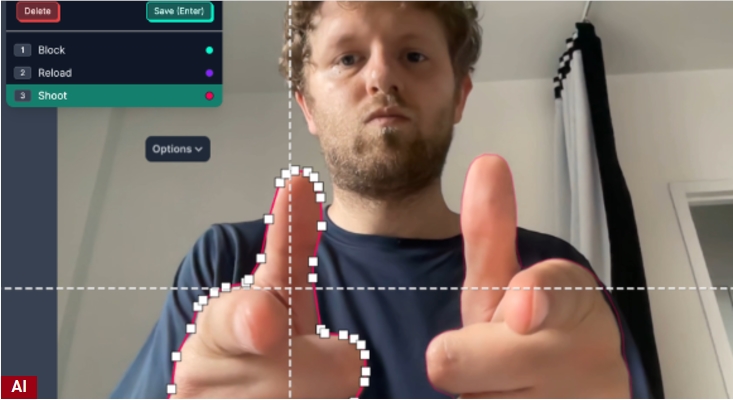Visual AI development platform Roboflow recently announced the completion of a $40 million Series B funding round. This round was led by GV, with participation from notable investors including Craft Ventures, Y Combinator, Vercel AI founder Guillermo Rauch, Google executive Jeff Dean, and Replit founder Amjad Masad.
As a one-stop visual AI development platform, Roboflow is redefining the way computer vision models are developed. Starting as an image set management tool, it has now evolved into a comprehensive solution that covers the entire development process from raw images and video data to production-ready visual AI applications.
The platform offers a range of powerful features, including dataset understanding, automatic data labeling, model training, fine-tuning, and deployment. Developers can easily integrate computer vision capabilities into their products by simply uploading target images or videos, selecting the appropriate model, and training it. Users can also annotate images, assess dataset quality, generate new training data, and explore different configurations to optimize model performance.

"The impact of visual AI is comparable to the cloud computing and internet revolution," said Roboflow co-founder and CEO Joseph Nelson. "As software permeates the world, the speed at which computers understand the visual world becomes a critical bottleneck."
Currently, Roboflow has attracted over 25,000 companies and 1 million developers to use its open-source tools. The platform hosts over 500,000 image and video datasets, containing more than 500 million images and 150,000 pre-trained computer vision models. Users have consumed over 1 million GPU hours on the platform, driving advancements in open-source computer vision.

The platform has demonstrated strong capabilities across multiple fields. Applications in medical diagnostic imaging, early wildfire detection systems, and coral reef monitoring systems have emerged. Even regular users can create applications to monitor RTSP video streams and receive email notifications when packages are delivered.
Well-known company Pella Corp is also using Roboflow to develop computer vision models for quality control in its production line. "At Pella, maintaining an innovation edge is crucial to our strategy," said Pella CIO Travis Turnball. "Advancements in AI present unprecedented opportunities to optimize manufacturing processes and quality control. Roboflow has helped us accelerate the learning and deployment of AI solutions."
Nelson believes that visual understanding will become a fundamental capability relied upon by nearly every company. Currently, businesses have a wealth of underutilized visual data assets, with millions of cameras deployed globally. Thanks to computer vision technology, many markets that did not exist five years ago have spawned billion-dollar startups.
This funding round will be used to accelerate research and development, particularly to expand the open-source tool library and grow the community. The company also plans to expand its product, engineering, and marketing teams to further solidify its leading position in the field of visual AI development.




